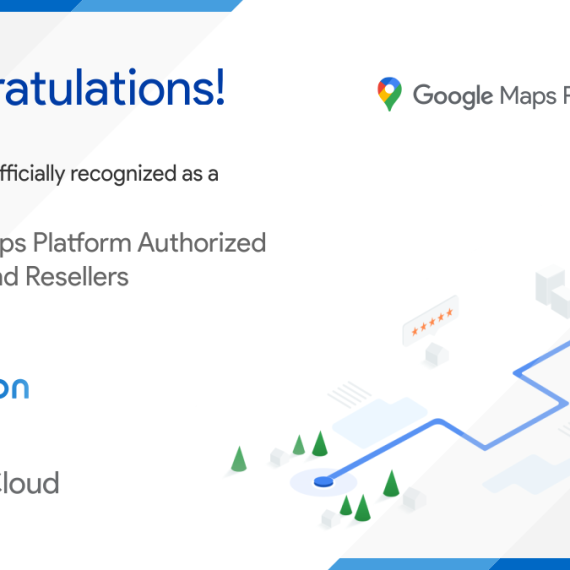The e-commerce industry has undergone a dramatic transformation over the past decade, and in 2025, it’s evolving faster than ever. No longer limited to simple online storefronts, today’s e-commerce solutions landscape are shaped by advanced technologies, hyper-personalized experiences, and rising customer expectations. To thrive in this dynamic digital marketplace, businesses must not only keep up—they must innovate.
The Rise of Experience-Driven Commerce
E-commerce is no longer just about convenience,it’s about delivering meaningful experiences. Modern consumers expect seamless, personalized interactions that extend across multiple channels, devices, and platforms. To win in this environment, businesses must focus on:
- Omnichannel integration: Offering a unified experience across online and offline touchpoints.
- Personalization: Tailoring product recommendations, content, and promotions based on user behavior and preferences.
- Speed and ease: Ensuring fast load times, quick checkouts, and hassle-free returns.
Key Trends Shaping E-commerce in 2025
To remain competitive in the digital marketplace, it’s crucial to understand the trends that are redefining e-commerce:
1. AI and Automation
Artificial intelligence is playing a central role in transforming how businesses engage with customers. From chatbots providing 24/7 support to predictive analytics driving smarter inventory management, AI is helping brands operate more efficiently while delivering tailored experiences.
2. Social Commerce
Social media platforms have become powerful sales channels. Features like shoppable posts, live-stream shopping events, and influencer partnerships are blurring the line between entertainment and commerce. In 2025, social commerce is not just a trend—it’s a strategic necessity.
3. Mobile-First Experiences
With the majority of e-commerce traffic now coming from smartphones, optimizing for mobile is essential. This includes responsive design, mobile-friendly payment gateways, and fast loading times to minimize cart abandonment.
4. Sustainability and Ethical Commerce
Consumers are becoming more conscious of how and where their products are made. Brands that prioritize sustainability, ethical sourcing, and transparent business practices are gaining trust and loyalty in return.
5. Augmented Reality (AR) and Virtual Try-Ons
AR is revolutionizing how customers shop online by enabling them to visualize products in their real-world environment. Whether it’s trying on clothes virtually or seeing how furniture looks in a living room, AR bridges the gap between physical and digital.
Winning Strategies for E-commerce Success
1. Invest in Your Digital Infrastructure
Your website is your storefront, investing in speed, security, and usability pays dividends. A robust e-commerce platform, reliable hosting, and an intuitive user interface are the foundations of success.
2. Use Data to Drive Growth
Leverage customer data to understand behaviors, preferences, and pain points. Use insights to optimize marketing campaigns, personalize the shopping experience, and identify new market opportunities.
3. Streamline Logistics and Fulfillment
Fast, reliable delivery is now a baseline expectation. Consider partnering with fulfillment providers, using AI to forecast demand, and offering flexible delivery and return options to improve customer satisfaction.
4. Build Trust with Transparency
Clear policies, authentic reviews, and responsive customer service build credibility. In an era of information overload, authenticity and reliability set successful brands apart.
Conclusion
E-commerce in 2025 is defined by innovation, speed, and customer empowerment. The evolution of the digital marketplace offers incredible opportunities for brands ready to embrace change, experiment with new technologies, and put the customer experience first.
Success is no longer just about selling products,it’s about delivering value, building relationships, and continuously adapting. The businesses that understand this will not only survive but thrive in the next chapter of e-commerce.







Leave a Comment